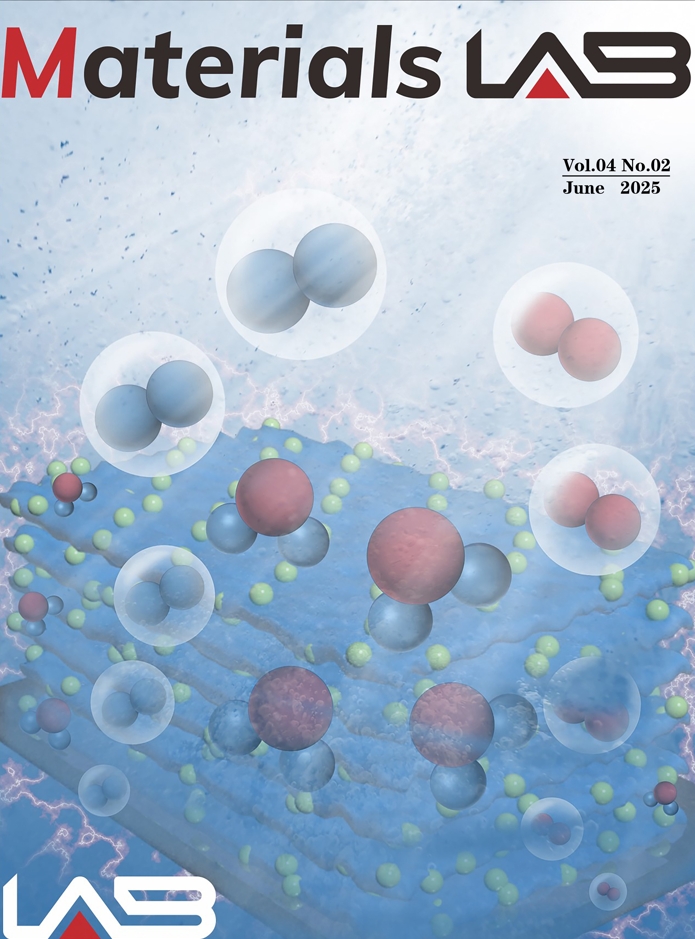| Citation: | Suyao Liu, Bingchao Qin, Li-Dong Zhao. Thomson effect facilitates thermoelectric cooling[J]. Materials Lab, 2025, 4(2): 240017. doi: 10.54227/mlab.20240017 |
Thomson effect facilitates thermoelectric cooling
-
Abstract
Thermoelectric technology is attracting increasing attention due to its application advantages in fields of waste heat recycling and solid-state cooling. Traditional thermoelectric cooling mainly depends on the Peltier effect, but its cooling capacity at cryogenic temperatures has been limited. Recent research conducted by Chen et al. has emphasized the potential of leveraging Thomson effect in thermoelectric cooling to attain substantial temperature drops. While conventional materials exhibit limited Thomson cooling due to insufficient change in carrier entropy, they found the electron phase transition in YbInCu4 directly regulates the entropy of carriers, resulting in a significant enhancement of the temperature-normalized Thomson coefficient. This resulted in a stable temperature difference of over 5 K at about 38 K and a ΔTmax/Thot value of about 15%, comparable to a conventional Peltier cooler at near-room temperatures. Here, we highlight that the approach goes beyond traditional focus solely on increasing ZT, and the results reveal the potential of solid-state thermoelectric cooling in cryogenic applications. Moreover, it opens up possibility of developing more efficient Thomson coolers by investigating other materials with strong electron interactions.
-
Keywords:
- Thomson effect /
- Entropy change /
- Thermoelectric cooling /
- Seebeck coefficient
-

-
References
1. B. Qin, M. G. Kanatzidis, L. D. Zhao, Science, 2024, 386, eadp2444 2. Q. Zhang, K. Deng, L. Wilkens, H. Reith, K. Nielsch, Nat. Electron., 2022, 5, 333 3. G. J. Snyder, E. S. Toberer, R. Khanna, W. Seifert, Phys. Rev. B, 2012, 86, 045202 4. H. J. Goldsmid, Introduction to Thermoelectricity, Springer, Berlin, 2009 5. J. Mao, G. Chen, Z. Ren, Nat. Mater., 2021, 20, 454 6. W. Thomson, Roy. Soc. Edinb., 1857, 3, 91 7. Y. Qin, B. Qin, D. Wang, C. Chang, L. D. Zhao, Energy Environ. Sci., 2022, 15, 4527 8. R. Modak, M. Murata, D. Hou, A. Miura, R. Iguchi, B. Xu, R. Guo, J. Shiomi, Y. Sakuraba, K. Uchida, Appl. Phys. Rev., 2022, 9, 011414 9. Z. Chen, X. Zhang, S. Zhang, J. Luo, Y. Pei, Nat. Mater., 2025, 24, 34 10. D. Byeon, R. Sobota, K. Delime-Codrin, S. Choi, K. Hirata, M. Adachi, M. Kiyama, T. Matsuura, Y. Yamamoto, M. Matsunami, Nat. Commun., 2019, 10, 72 11. K. Nakagawa, T. Yokouchi, Y. Shiomi, Sci. Rep., 2021, 11, 24216 -
Rights and permissions
This is an open access article under the terms of the Creative Commons Attribution License, which permits use, distribution and reproduction in any medium, provided the original work is properly cited.
Information
Article Metrics
-
Figure 1.
Thomson effect facilitates thermoelectric cooling. a Schematic of enhanced thermoelectric cooling by combining the Peltier and Thomson effects. b Large improvement in the relative cooling temperature difference (ΔTmax/Thot) compared with that of state-of-the-art Bi1-xSbx-based Peltier coolers[5]. Figures were redrawn from reference[9].



 DownLoad:
DownLoad:
